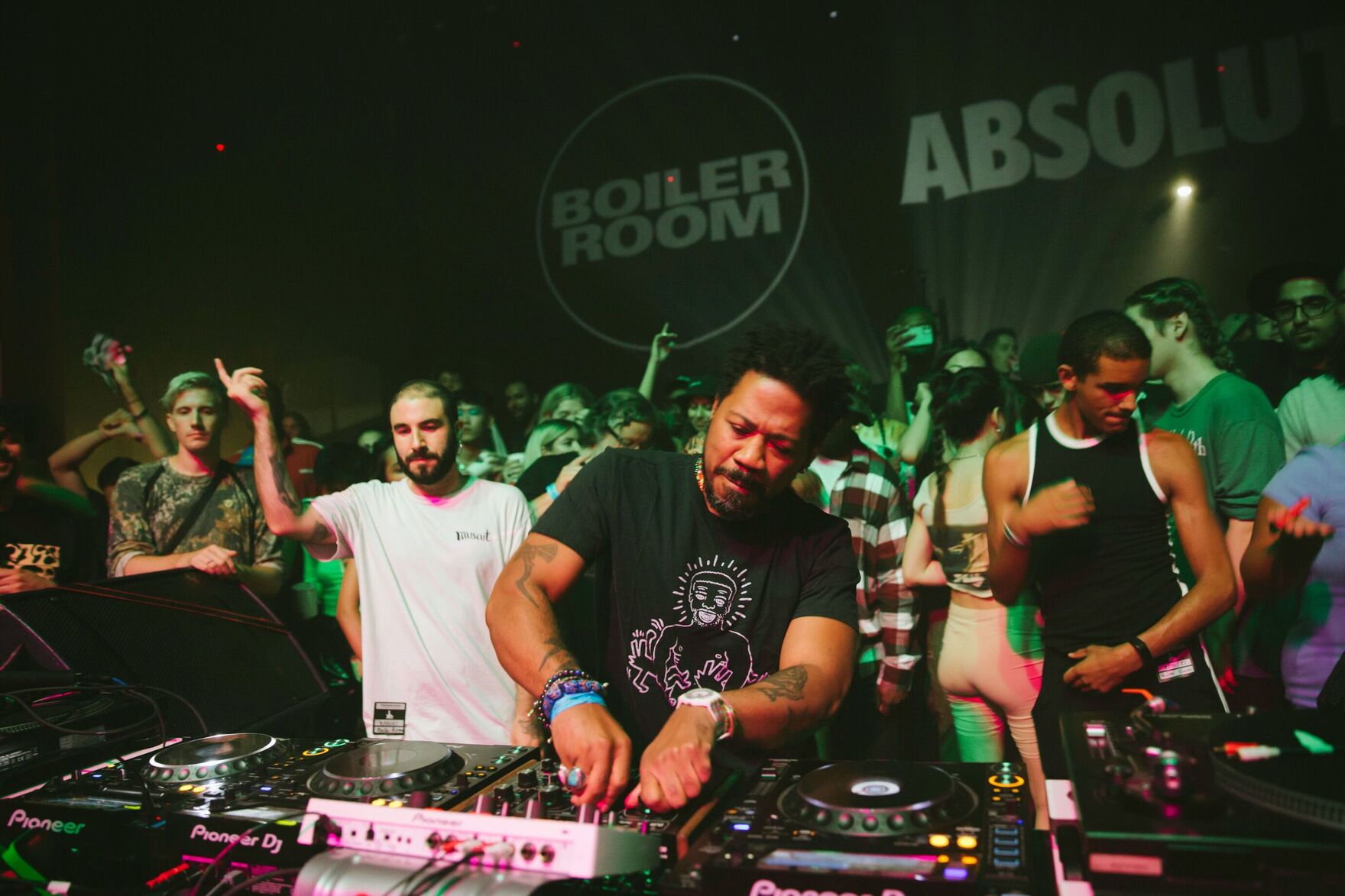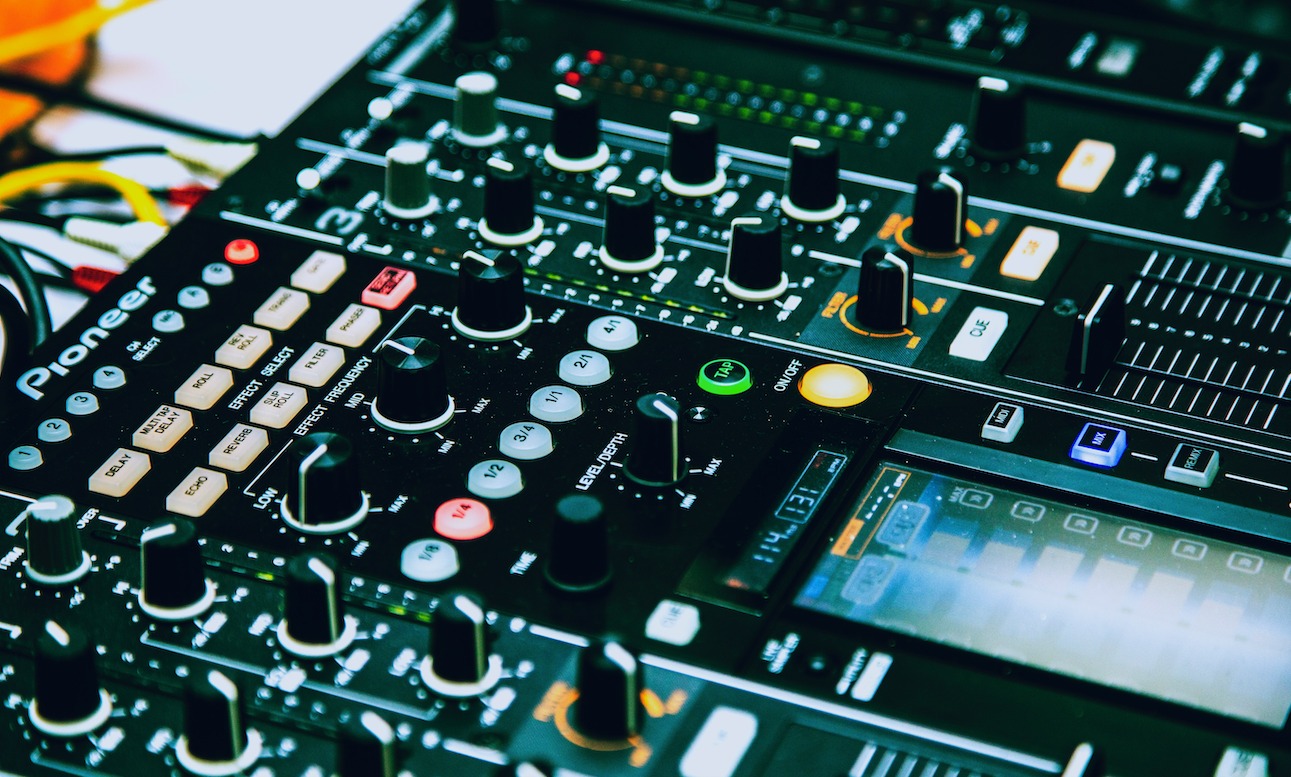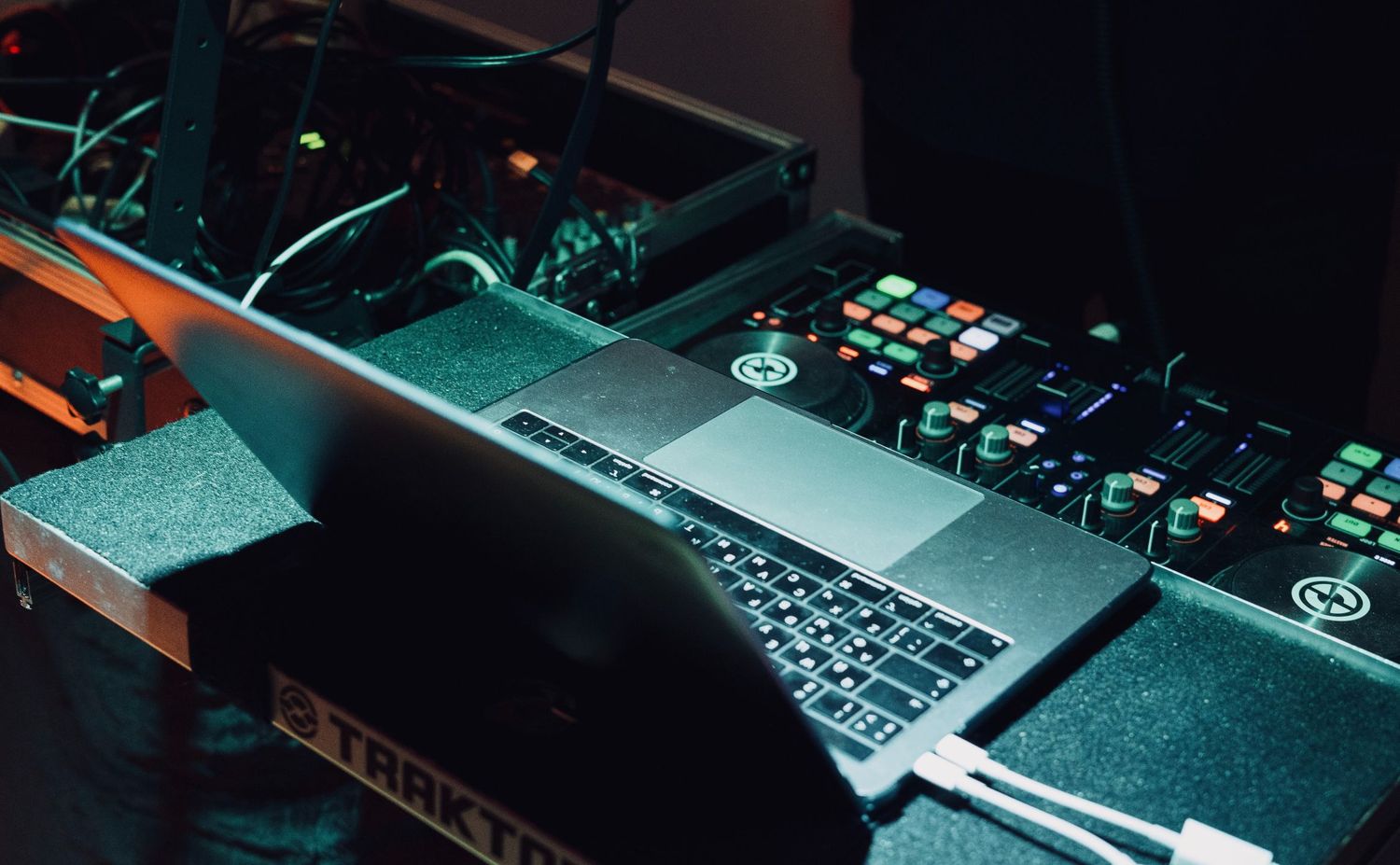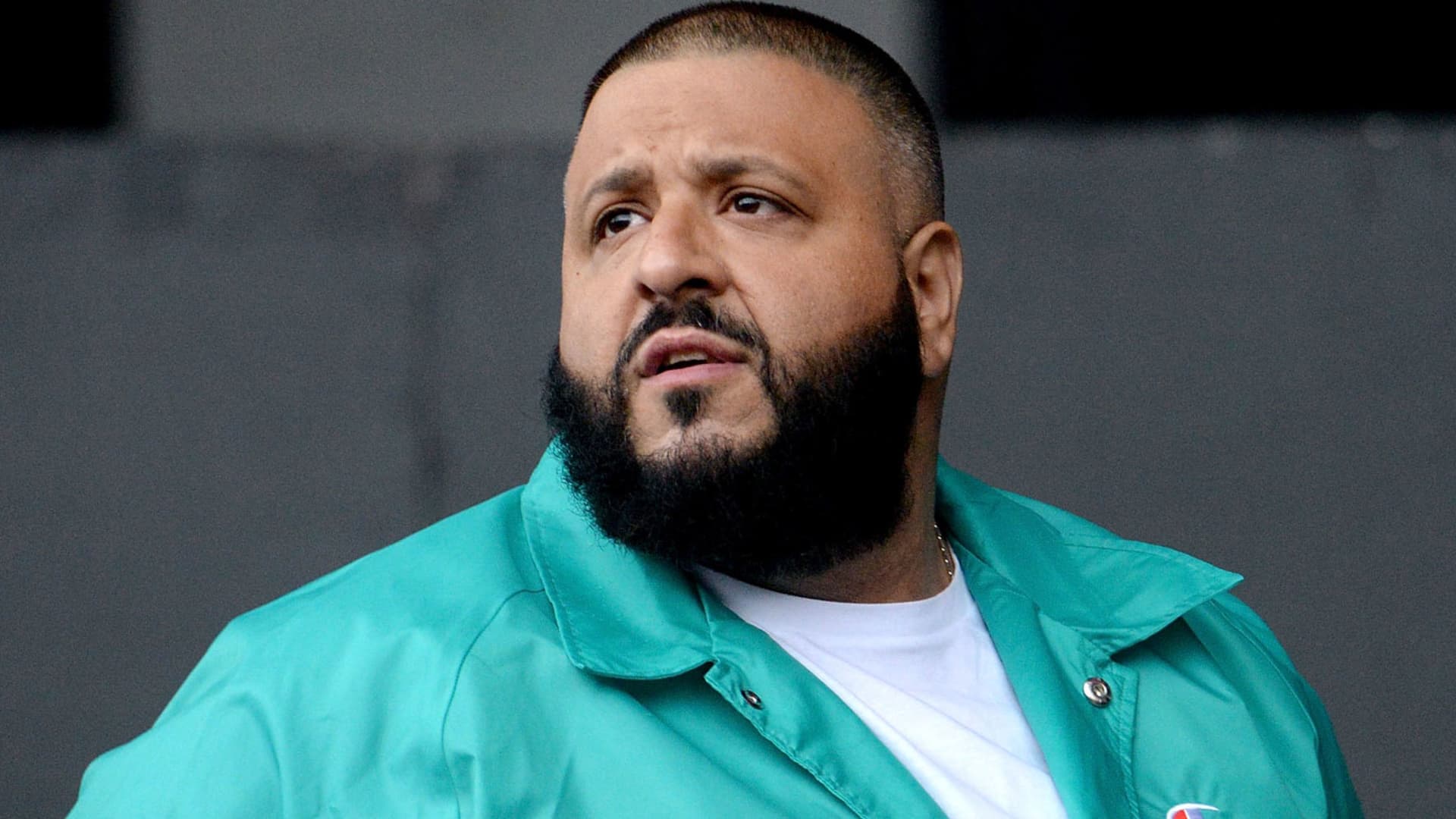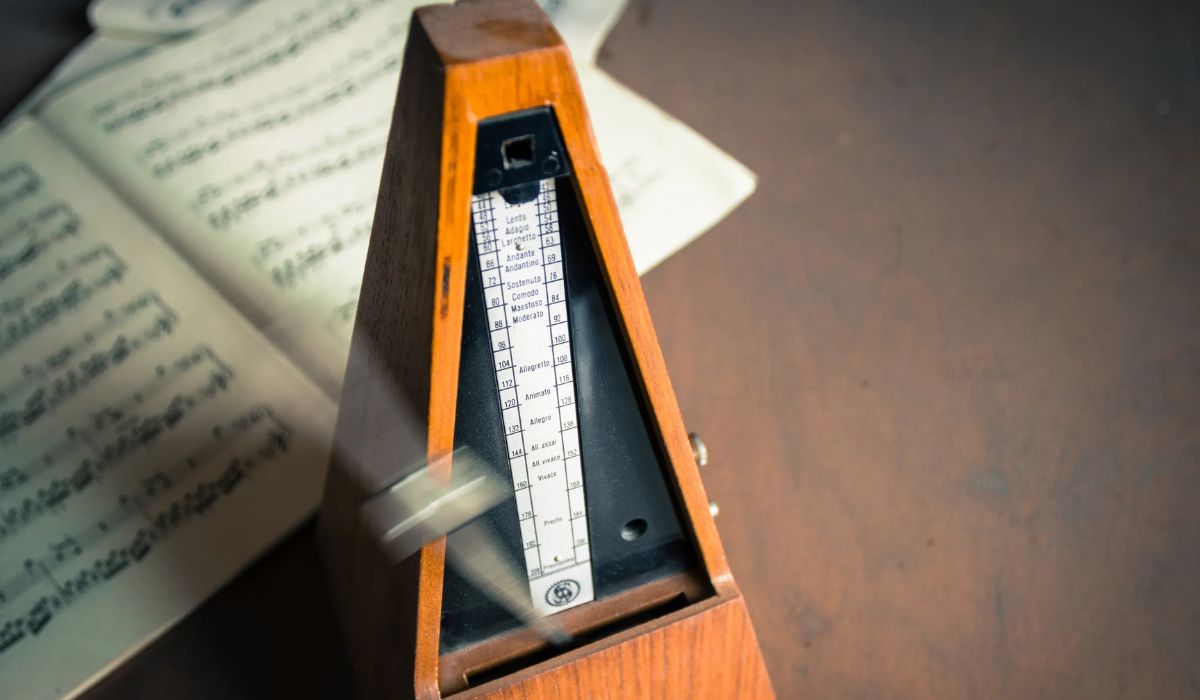Home>Production & Technology>DJ>How Many Songs In An Hour DJ Set?
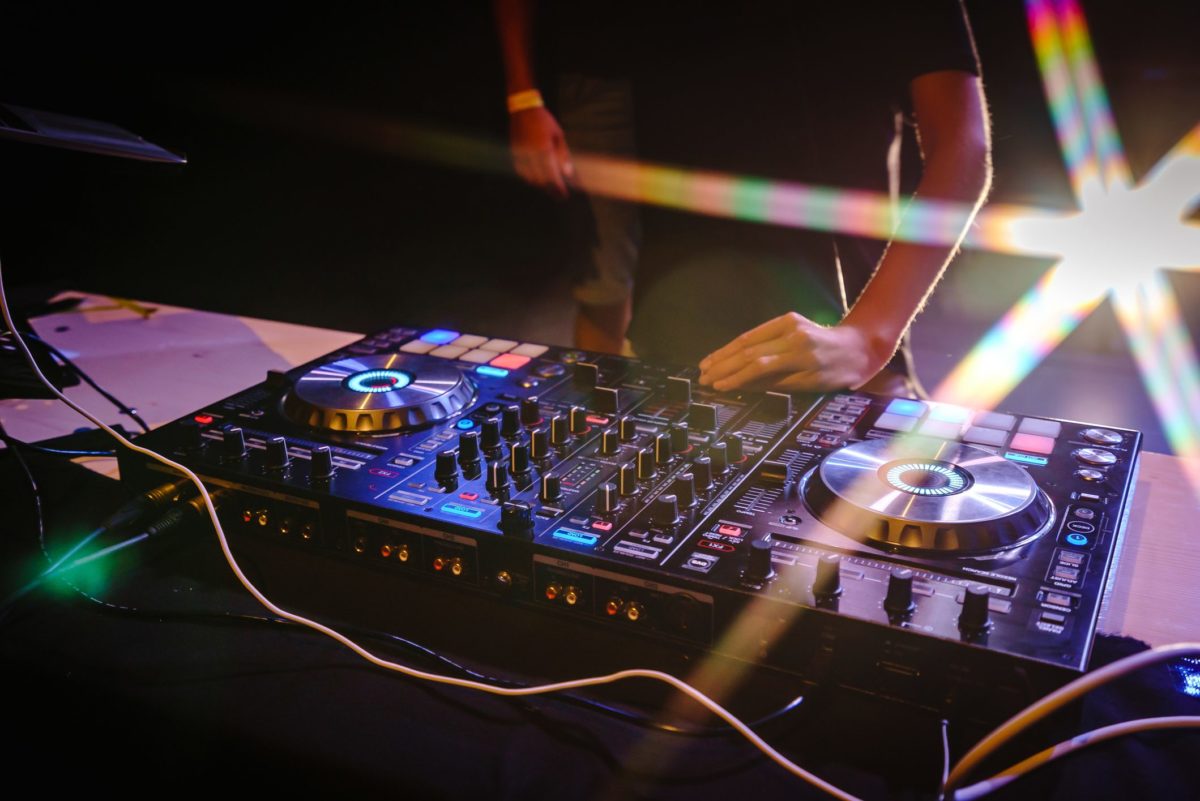

DJ
How Many Songs In An Hour DJ Set?
Modified: March 4, 2024
Find out how many songs a DJ can play in an hour and optimize your setlist for maximum impact. Learn the best practices for creating an unforgettable DJ set.
(Many of the links in this article redirect to a specific reviewed product. Your purchase of these products through affiliate links helps to generate commission for AudioLover.com, at no extra cost. Learn more)
Table of Contents
Introduction
As a DJ, the art of song selection and timing is crucial in creating an unforgettable experience for the audience. One common question that often arises in the realm of DJing is, "How many songs can be played in an hour DJ set?" This question is not only a matter of curiosity but also holds practical significance for DJs looking to optimize their performance and keep the energy flowing throughout their set.
The number of songs a DJ can play in an hour set is influenced by various factors, including the genre of music, the tempo of the tracks, the mixing style, and the overall vibe the DJ aims to convey. Understanding these factors is essential for DJs to curate a set that resonates with their audience and keeps them engaged from start to finish.
In this article, we will delve into the intricate dynamics that determine the number of songs a DJ can play in an hour set. We will explore the impact of different genres on song selection and identify the average number of songs typically played in various musical styles. Additionally, we will provide valuable tips for DJs to maximize the song count in an hour set while maintaining a seamless and captivating flow.
Join us on this journey as we unravel the art and science behind crafting an electrifying DJ set within the constraints of time and rhythm. Let's dive into the world of DJing and discover the secrets to curating an unforgettable musical journey in just one hour.
Factors Affecting the Number of Songs in an Hour DJ Set
The number of songs a DJ can play in an hour set is influenced by several crucial factors that shape the overall flow and impact of the performance. Understanding these factors is essential for DJs to craft a seamless and engaging set that resonates with the audience. Let's delve into the key elements that affect the song count in a one-hour DJ set:
1. Genre and Tempo:
Different musical genres have varying song structures and tempo ranges. For instance, electronic dance music (EDM) tracks often have extended intros and outros, allowing DJs to seamlessly mix them together, resulting in a higher song count within an hour. On the other hand, hip-hop or R&B tracks may have longer verses and choruses, impacting the number of songs that can be smoothly integrated into a set. Understanding the intricacies of each genre enables DJs to gauge the optimal song count based on the tempo and structure of the tracks.
2. Mixing Style and Transitions:
The mixing style employed by a DJ significantly impacts the pace at which songs can be transitioned and blended. Smooth and seamless transitions allow for a higher number of songs to be integrated into the set, creating a dynamic and continuous musical experience. Conversely, longer and intricate mixing techniques may limit the number of tracks that can be accommodated within the set duration.
3. Song Length and Energy Levels:
The duration and energy levels of individual songs play a pivotal role in determining the overall flow of the set. High-energy tracks with shorter durations may lend themselves to quicker transitions, allowing for a greater number of songs to be incorporated. Conversely, longer, more atmospheric tracks may necessitate a more deliberate pacing, impacting the total song count within the set.
4. Audience Engagement and Reaction:
The responsiveness of the audience can influence the pacing and song selection within a DJ set. Reading the crowd and adjusting the song selection based on their energy and engagement levels is a skill that directly impacts the number of songs that can be effectively integrated. A highly responsive audience may warrant a faster pace with a higher song count, while a more subdued crowd may benefit from a more deliberate and selective approach.
By considering these factors, DJs can tailor their song selection and mixing techniques to optimize the number of tracks seamlessly integrated into a one-hour set, creating an electrifying and immersive musical journey for their audience.
Average Number of Songs in Different Genres
The average number of songs played in a one-hour DJ set can vary significantly across different musical genres, reflecting the unique characteristics and dynamics inherent to each genre. Understanding these variations is essential for DJs to curate sets that align with the expectations and preferences of their audience. Let's explore the average number of songs typically played in various genres, shedding light on the distinct pacing and song count considerations within each musical landscape.
1. Electronic Dance Music (EDM)
In the realm of electronic dance music, DJs often navigate a high-energy and fast-paced sonic landscape, characterized by tracks with extended intros and outros conducive to seamless mixing. As a result, EDM sets commonly feature a higher average song count within a one-hour duration, with DJs seamlessly blending a diverse array of tracks to maintain an electrifying tempo and keep the dance floor in perpetual motion. The average number of songs in an hour EDM set can range from 15 to 20, allowing for a dynamic and immersive musical experience that captivates the audience with a continuous flow of pulsating beats and euphoric melodies.
2. Hip-Hop and R&B
In contrast to the rapid tempo and extended mixes prevalent in EDM, hip-hop and R&B sets often adopt a more deliberate and lyrical approach, with tracks featuring longer verses and choruses that demand a different pacing and mixing style. As a result, the average number of songs in a one-hour hip-hop or R&B set may range from 10 to 15, reflecting the nuanced transitions and selective song curation required to maintain the groove and storytelling elements inherent to these genres. DJs adept at navigating the rhythmic complexities of hip-hop and R&B curate sets that resonate with the audience's emotions and create a captivating narrative within the constraints of time.
3. House and Techno
The pulsating rhythms and hypnotic grooves of house and techno music contribute to a distinct sonic journey characterized by seamless transitions and extended mixes. Within a one-hour set, DJs in the house and techno realm typically incorporate an average of 12 to 18 songs, leveraging the genre's hypnotic allure and entrancing melodies to craft an immersive and evolving sonic landscape that enthralls the audience with its hypnotic cadence and fluid transitions.
4. Pop and Top 40
Pop and top 40 sets often encapsulate a diverse range of chart-topping hits and anthemic tracks, catering to a broad audience with varying musical tastes. In a one-hour pop or top 40 set, DJs may feature an average of 18 to 25 songs, capitalizing on the genre's concise song structures and infectious hooks to deliver a high-octane and engaging musical experience that resonates with diverse audiences.
By understanding the average number of songs typically played in different genres, DJs can tailor their sets to align with the unique characteristics and expectations of each musical landscape, creating captivating and immersive experiences that resonate with their audience's preferences and energy levels.
Tips for DJs to Maximize Song Count in an Hour Set
As DJs strive to curate compelling and dynamic sets within the constraints of a one-hour performance, maximizing the song count while maintaining a seamless and engaging flow becomes paramount. Here are valuable tips to help DJs optimize their song selection and mixing techniques, allowing them to integrate a higher number of tracks into their sets without compromising the overall coherence and energy:
-
Strategic Song Selection: Prioritize tracks with concise intros and outros, enabling swift transitions and a higher turnover of songs within the set duration. Selecting remixes and edits tailored for seamless mixing can further enhance the fluidity of transitions, allowing for a more extensive song repertoire to be integrated.
-
Utilize Shorter Mixes and Blends: Employ shorter mixing techniques, such as quick blends and cuts, to maintain the momentum and energy while transitioning between tracks. By minimizing prolonged mixing segments, DJs can accommodate a greater number of songs without sacrificing the cohesive flow of the set.
-
Layering and Mashups: Harness the creative potential of layering and mashups to intertwine multiple tracks, effectively amplifying the song count while crafting unique and captivating sonic textures. Skillful layering and mashup techniques enable DJs to infuse a diverse array of tracks into the set, elevating the musical experience for the audience.
-
Integrate Quick Teasers and Edits: Incorporate brief snippets or teaser segments of certain tracks to diversify the sonic landscape without committing to the full duration of each song. This approach allows DJs to infuse a broader spectrum of music into the set, catering to diverse musical tastes while maximizing the song count.
-
Efficient EQ and Filter Techniques: Master the art of utilizing EQ and filter effects to seamlessly blend tracks and transition between songs with precision. By leveraging these tools to craft smooth and nuanced transitions, DJs can optimize the song count while maintaining a polished and cohesive sonic narrative.
-
Read the Audience Dynamics: Stay attuned to the audience's energy levels and responsiveness, adjusting the pacing and song selection accordingly. Adapting to the crowd's dynamics enables DJs to fine-tune the song count, ensuring that the set resonates with the audience's mood and engagement throughout the performance.
By implementing these strategic tips, DJs can elevate their set construction and mixing prowess, maximizing the song count within a one-hour performance while delivering an electrifying and diverse musical journey that captivates and resonates with their audience.
Conclusion
In the realm of DJing, the question of how many songs can be played in a one-hour set is not merely a matter of quantity, but an intricate dance between artistry, timing, and audience engagement. As we've explored the factors influencing song count, delved into the average numbers across different genres, and provided valuable tips for maximizing the song repertoire, it becomes evident that crafting a compelling one-hour DJ set is a delicate balance of technical skill and creative finesse.
The influence of genres on song count highlights the diverse sonic landscapes that DJs navigate, each demanding a nuanced approach to pacing, transitions, and curation. From the high-energy, rapid tempo of EDM to the deliberate storytelling of hip-hop and R&B, each genre presents its own set of challenges and opportunities for DJs to captivate their audience within the constraints of time.
Moreover, the tips provided offer actionable insights for DJs to elevate their set construction, leveraging strategic song selection, mixing techniques, and audience dynamics to optimize the song count without sacrificing the coherence and energy of the performance. By embracing these tips, DJs can transcend the limitations of time, curating immersive and diverse musical journeys that leave a lasting impression on their audience.
In essence, the art of crafting a one-hour DJ set transcends mere song count; it embodies the seamless fusion of tracks, the intuitive reading of the crowd, and the ability to transport listeners on a sonic odyssey that transcends temporal constraints. It is a testament to the DJ's prowess in orchestrating a symphony of emotions and energies, uniting diverse musical elements into a cohesive and electrifying experience.
Ultimately, the question of how many songs can be played in a one-hour DJ set is not defined by a rigid number, but by the artful interplay of creativity, technical skill, and a deep understanding of the audience's desires. As DJs continue to push the boundaries of sonic storytelling, the one-hour set stands as a canvas for innovation, expression, and the relentless pursuit of musical transcendence.



